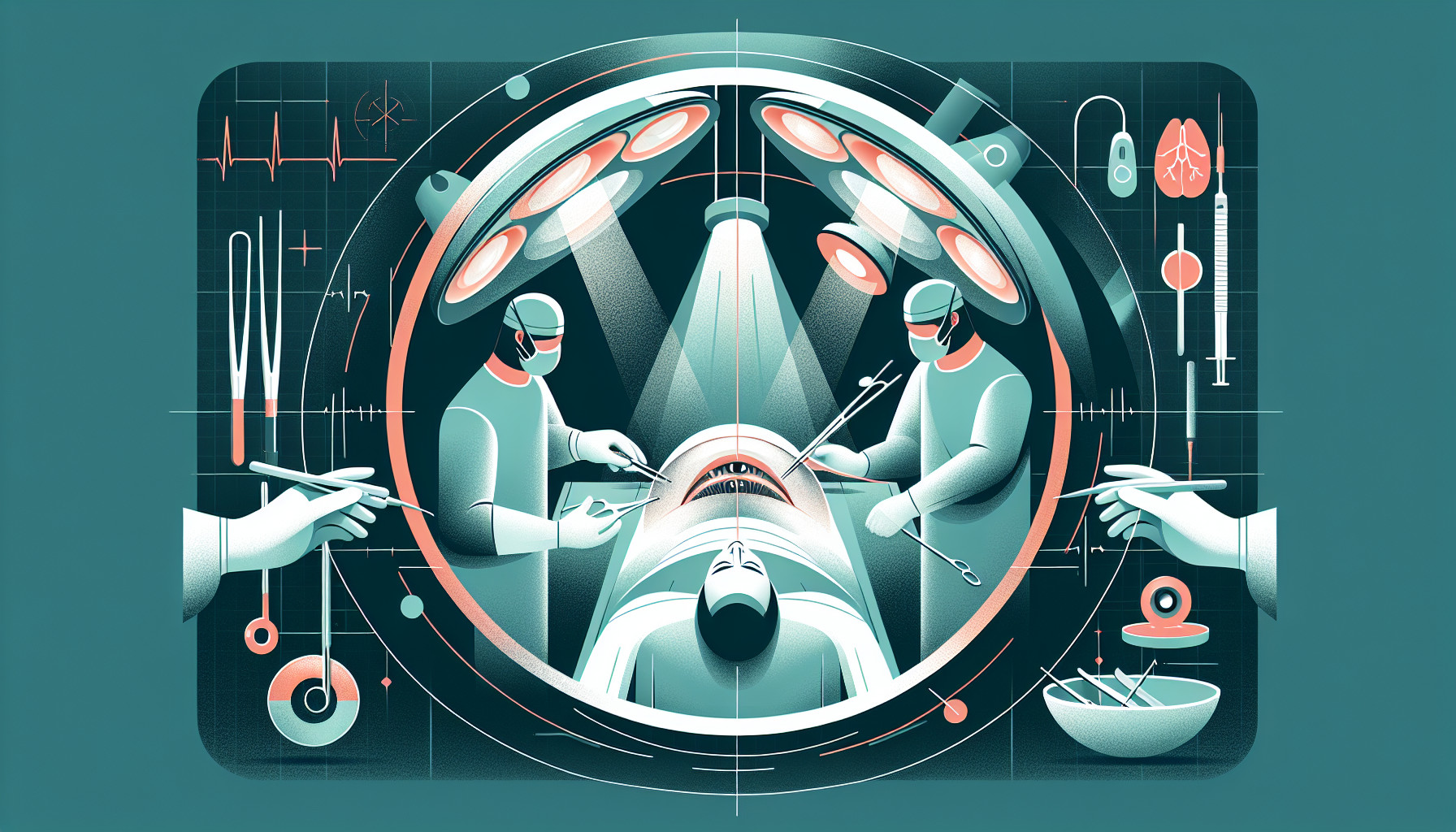Our Summary
This research paper is about understanding the economic evaluations of cataract surgeries. These evaluations are used to assess new healthcare technologies and help in decision-making for healthcare systems. However, many doctors and academics may not be familiar with them, which can lead to confusion when trying to understand the results of studies using these tools.
Cataract disease is a major focus in healthcare due to its high occurrence rate and severe impact on patients’ quality of life. Fortunately, in most cases, it can be effectively treated with cataract surgery. Over the years, economic evaluations have been used to determine if these surgeries are cost-effective and to address specific issues related to the procedure, such as the implementation of multifocal intraocular lenses, surgical techniques, optimization assessments, and prevention of diseases or complications.
While there are many reviews on cataract surgery and others introducing the concept of economic evaluations, no previous study has combined evidence from both areas. Therefore, this paper aims to introduce doctors and academics to these economic evaluation tools, explain how they’ve been used in the context of cataract surgery, and provide guidance on how to correctly interpret economic studies.
FAQs
- What is the purpose of economic evaluations in the context of cataract surgeries?
- How can economic evaluations help in decision-making for healthcare systems?
- What issues related to cataract surgery have been addressed using economic evaluations?
Doctor’s Tip
One helpful tip that a doctor might tell a patient about cataract surgery is to follow all pre-operative instructions provided by the surgeon. This may include avoiding certain medications, fasting before the surgery, and arranging for someone to drive you home afterwards. By following these instructions carefully, you can help ensure a successful surgery and a smooth recovery process.
Suitable For
Patients who are typically recommended cataract surgery include those who experience significant vision impairment due to cataracts that cannot be corrected with glasses or contact lenses. Common symptoms that indicate the need for cataract surgery include blurry vision, difficulty seeing at night, increased sensitivity to light, and seeing halos around lights. Additionally, patients who have difficulty performing daily activities such as driving, reading, or watching TV due to cataracts may also be recommended for surgery.
In general, cataract surgery is recommended for patients who have cataracts that are significantly impacting their quality of life and daily functioning. It is important for patients to undergo a comprehensive eye examination by an ophthalmologist to determine the severity of their cataracts and whether surgery is the appropriate treatment option. Additionally, patients with other eye conditions such as glaucoma, macular degeneration, or diabetic retinopathy may still be candidates for cataract surgery, but they may require additional monitoring and treatment to manage these conditions before and after surgery.
Overall, cataract surgery is a safe and effective procedure that can greatly improve a patient’s vision and quality of life. Patients who are experiencing significant vision impairment due to cataracts should consult with their ophthalmologist to determine if they are a candidate for surgery and to discuss the potential benefits and risks of the procedure.
Timeline
Before cataract surgery:
- Patient notices symptoms of cataracts, such as blurry vision, glare, and difficulty seeing at night.
- Patient visits an eye doctor who diagnoses cataracts and discusses treatment options.
- Patient undergoes pre-operative evaluations and tests to assess the health of the eye and determine the best treatment plan.
- Patient schedules a date for cataract surgery and receives instructions on how to prepare for the procedure.
After cataract surgery:
- Patient arrives at the surgical center or hospital on the day of the surgery and undergoes the procedure, which usually takes less than an hour.
- Patient is monitored for a short period after the surgery and then allowed to go home with a friend or family member.
- Patient may experience some discomfort, redness, and blurred vision in the days following the surgery, but these symptoms usually improve quickly.
- Patient attends follow-up appointments with their eye doctor to monitor the healing process and ensure that the surgery was successful.
- Patient may need to get new glasses or contact lenses after the surgery to correct any remaining vision issues.
- Patient enjoys improved vision and quality of life after cataract surgery, with many reporting significantly better vision than before the procedure.
What to Ask Your Doctor
- What are the potential risks and complications associated with cataract surgery?
- What type of intraocular lens will be used during the surgery, and what are the differences between the options available?
- How long is the recovery period after cataract surgery, and what post-operative care will be required?
- What is the success rate of cataract surgery, and what factors can affect the outcome?
- Are there any alternative treatments or procedures that could be considered instead of cataract surgery?
- How will cataract surgery affect my vision and quality of life in the long term?
- What is the cost of cataract surgery, and will it be covered by insurance?
- How many cataract surgeries has the doctor performed, and what is their level of experience and expertise in this procedure?
- Are there any specific pre-operative tests or evaluations that need to be done before scheduling the surgery?
- What is the expected timeline for scheduling and completing cataract surgery, and what should be done if there are any delays or complications during the process?
Reference
Authors: Ginel J, Burguera N, Piñero D, Sáez-Martín A, Haro De Rosario A, Fernández J. Journal: Eye (Lond). 2024 Jun;38(8):1418-1424. doi: 10.1038/s41433-024-02965-x. Epub 2024 Feb 12. PMID: 38347178
